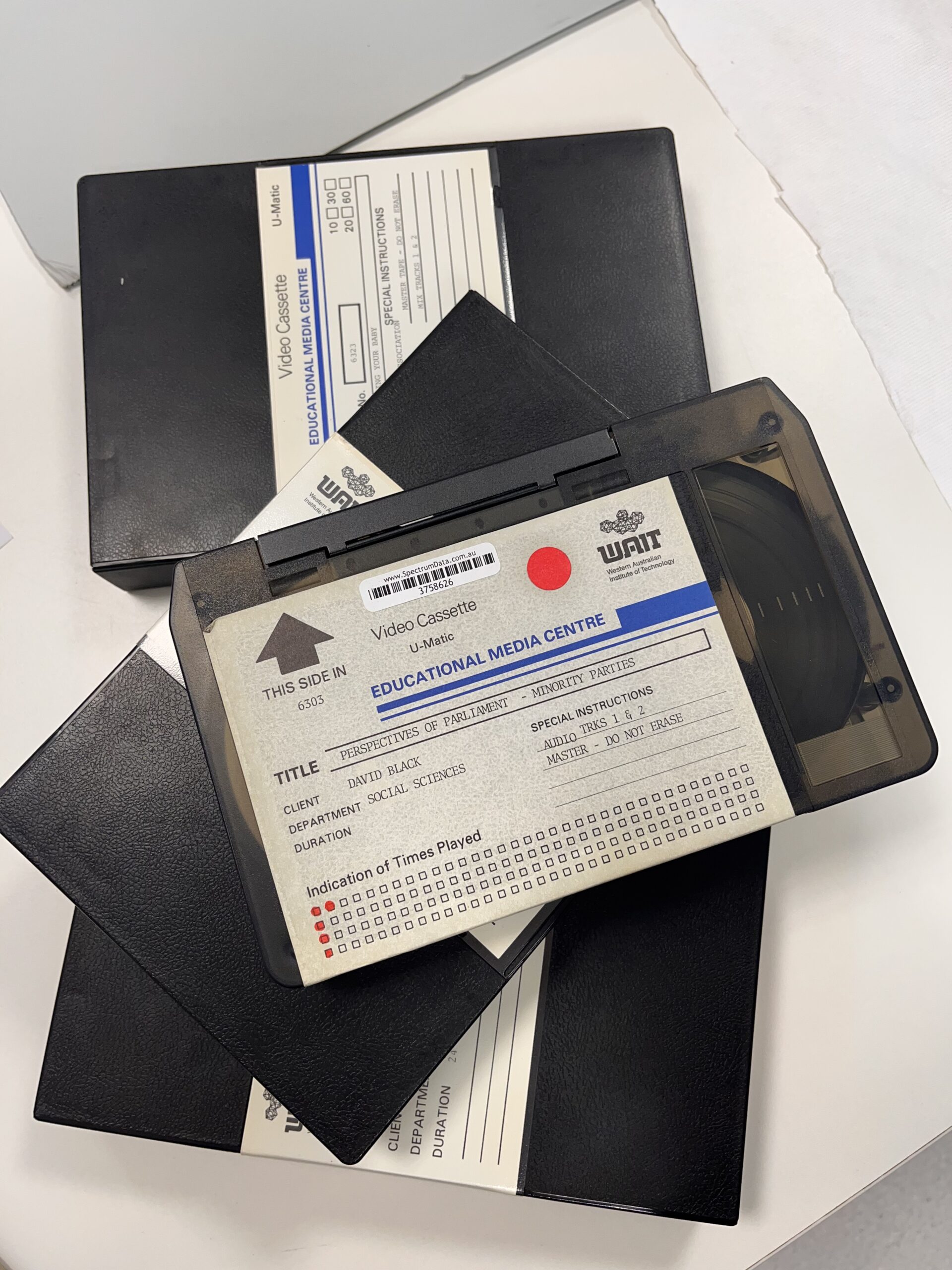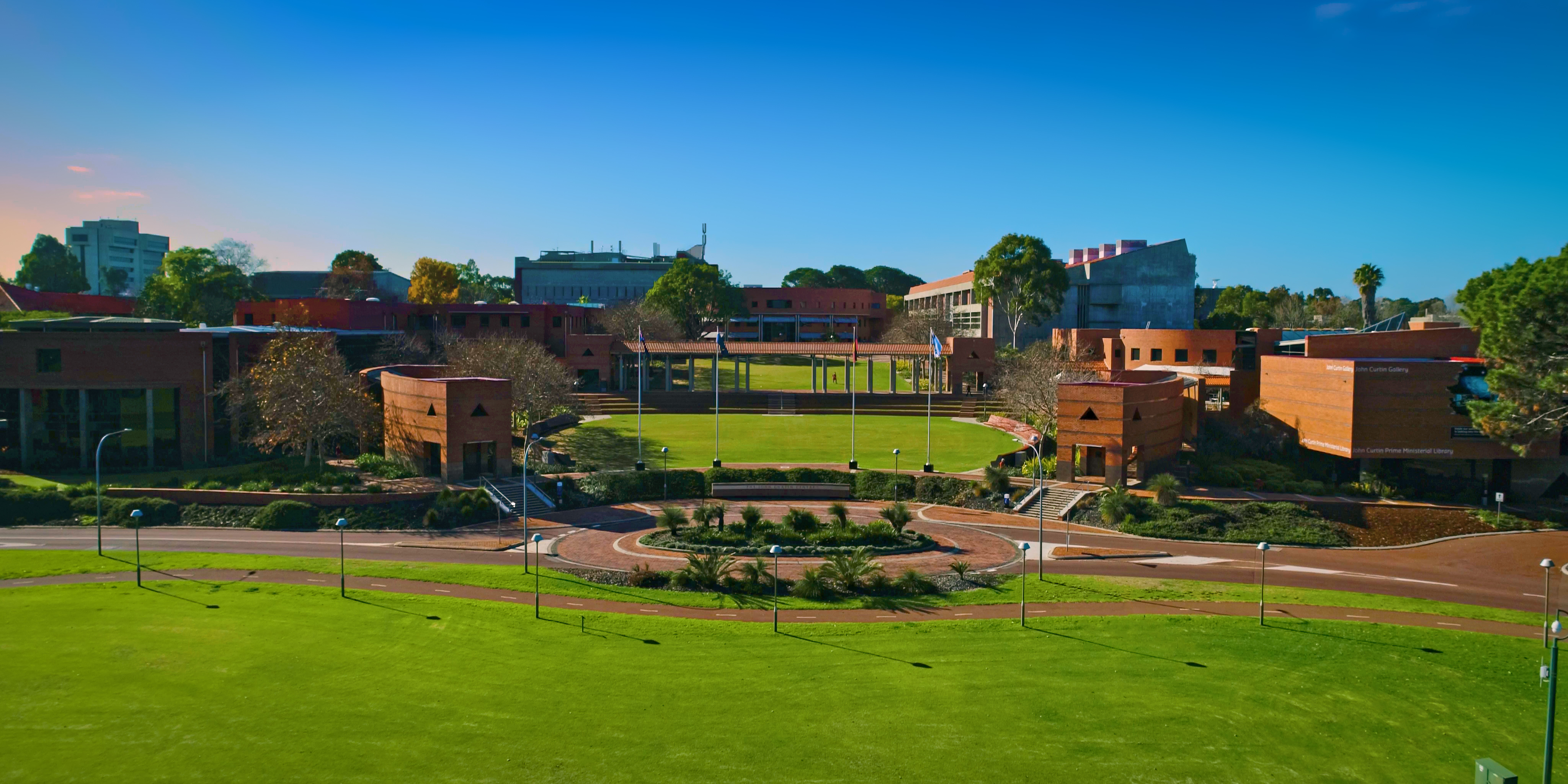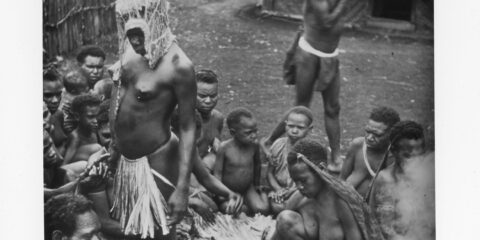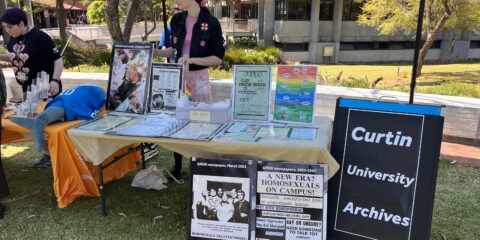International Archives Week 2023

In June we celebrate archives and what they do. Here at Curtin, Curtin Information Management and Archives preserves and keeps the records through which Curtin demonstrates its accountability, its heritage and its values.
Working in the University Archives involves:
- Research, cataloguing, preservation, curation, digitisation;
- A lot of problem solving with new and old technology, privacy matters, security, digital preservation, storage, intellectual property; and
- Talking and being accessible to the Curtin community, the public and researchers.
We keep official documents such as committee records, reports, letters, certificates, theses, building plans, objects, and we have a large photo and film archive.
Some interesting objects that we have collected and are preserved in the Archives include:
- An award-winning dress, designed and created by a student in 1998,
- An early drawing of the City of Perth by George Temple-Poole (1911),
- Engineering model of Binar-1 cube satellite,
- Professor De Laeter’s briefcase with his PhD paper on mass spectrometry,
- Film cameras from Humanities, showing the evolution of film technology and equipment,
- Uniforms from our WAIT days.
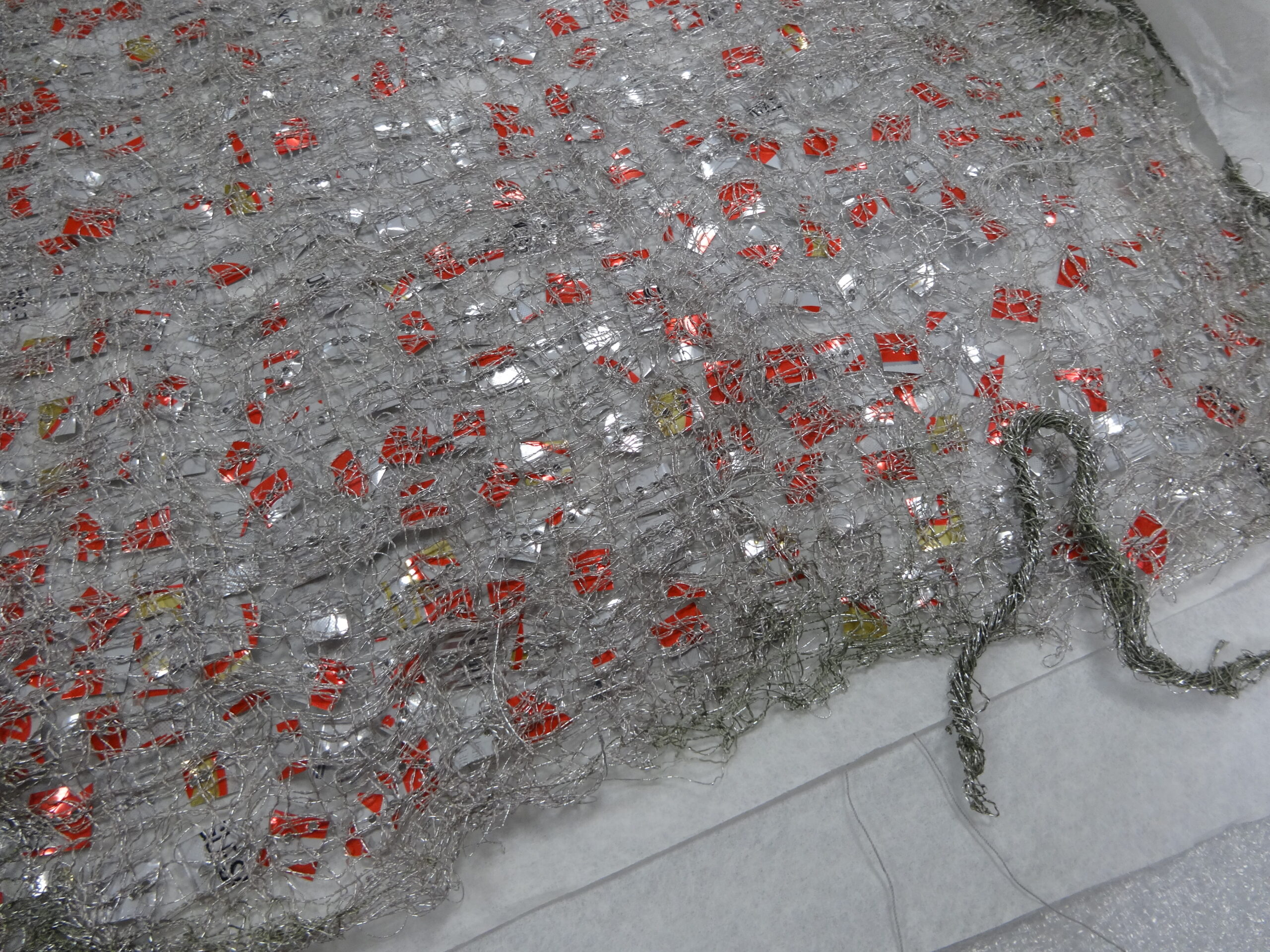
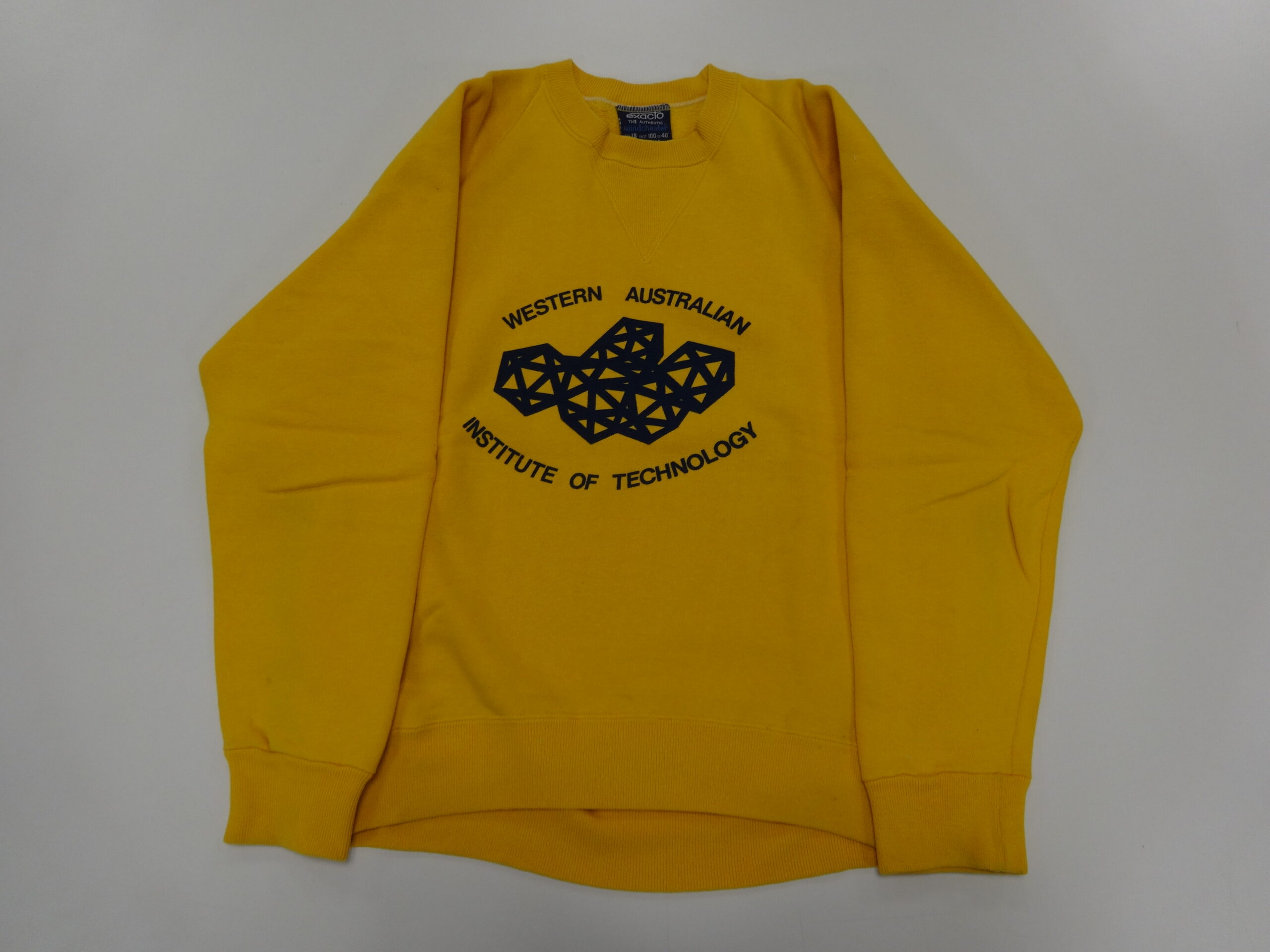
Unexpected items found in old archives boxes include children’s drawings, an original pin from Gough Whitlam’s election campaign (It’s Time), forks, serviettes, and desiccated bugs (it’s why we have a freezer).
The transition from hardcopy to analogue to digital has presented every archive with challenges and questions to consider and overcome. How do we ensure the digital file is a master, how do we maintain its integrity, how do we store it and make it accessible and usable into the far-off future?
Items from 100 years ago can still be read as they are in the form of paper, printed photographs, film negatives, objects, etc – but floppy disks, VHS tapes, CDs or DVDs, early digital file formats have reached or will reach a point of obsolescence in a matter of years. Content that may only be 10-20 years old is already or will be inaccessible because they are on these carriers.

These photos of objects in our collection were created around the same time. They both contain information but are recorded on two different formats. One is nothing special (paper) and the other is a new analogue technology for the time (U-Matic video cassette tape). In one format, the information is easily readable and accessible. On the other, the information is not because it requires specific limited hardware to read it and to migrate it to more accessible format. Soon there will be more undigitised U-matic tape in the world than working hardware capable of playing it back.
